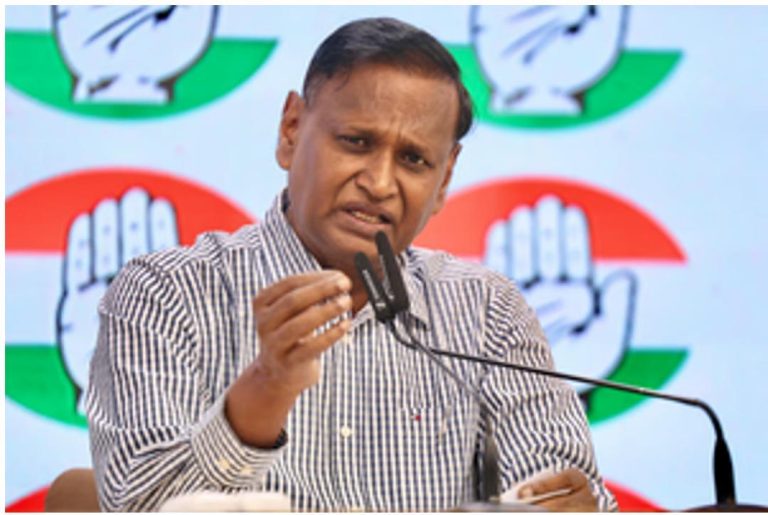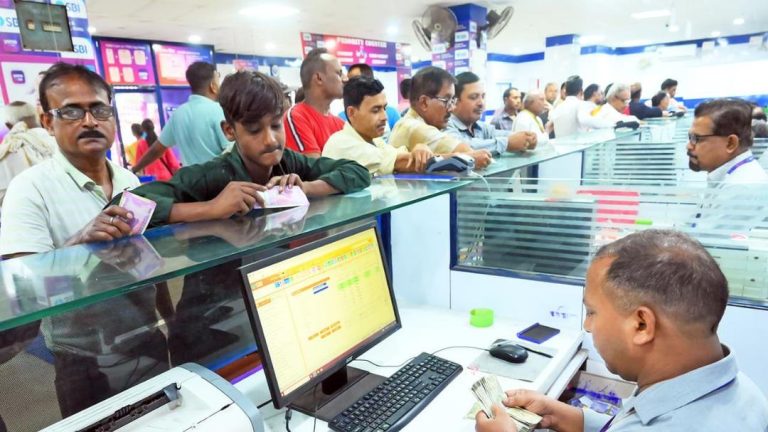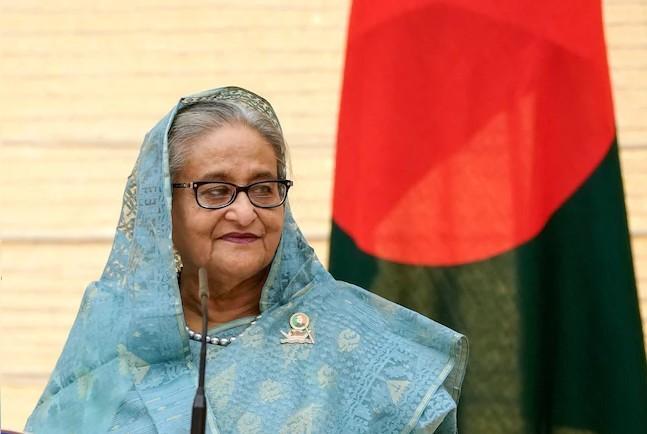
India’s Ultra-Rich Set to Grow 42% by 2028
India is now world’s fourth-largest hub of ultra-wealthy individuals, with its high-net-worth population projected to grow by over 42% by 2028. This staggering growth is expected to catapult India to the third position in the global ultra-rich landscape, behind only the United States and China. According to a recent report, the number of ultra-high net worth individuals (UHNWIs) in India is set to increase from around 220,000 in 2020 to over 320,000 by 2028.
The report, published by The South First, highlights the remarkable growth of India’s ultra-rich population, with their combined wealth expected to reach $1.5 trillion by 2028. This surge in wealth creation is largely driven by the country’s rapidly growing economy, as well as its thriving startup ecosystem and increasing foreign investment.
However, despite the surge in wealth creation, inequality has continued to rise in India. A recent report by Oxfam India found that the top 1% of the country’s population now controls over 40% of the nation’s total wealth, leaving the majority of Indians struggling to make ends meet. This stark contrast between the haves and have-nots is a pressing concern for policymakers and social activists alike.
So, what are India’s ultra-rich doing with their wealth? Luxury real estate and global investments are the preferred strategies among India’s elite. Many are investing in prime real estate in major cities like Mumbai, Delhi, and Bengaluru, as well as in global hotspots like London, New York, and Singapore. Others are diversifying their portfolios by investing in stocks, bonds, and other financial instruments.
The growth of India’s ultra-rich population is also driving demand for luxury goods and services. From high-end cars and jewelry to private jets and yachts, India’s elite are splurging on the finest things in life. The country’s luxury retail sector is booming, with major international brands like Louis Vuitton, Gucci, and Chanel setting up shop in major cities.
The surge in wealth creation among India’s ultra-rich is also driving philanthropy. Many of India’s billionaires are now giving back to society, with some even pledging to donate a significant portion of their wealth to charitable causes. The Bill and Melinda Gates Foundation, the Azim Premji Foundation, and the Piramal Foundation are just a few examples of the many philanthropic initiatives underway in India.
Despite the many benefits of wealth creation, there are concerns about the impact of inequality on Indian society. A report by the International Monetary Fund (IMF) found that inequality in India is higher than in many other emerging markets, and that it is having a negative impact on economic growth and social stability.
The government has taken steps to address income inequality, including the introduction of policies like the Goods and Services Tax (GST) and the demonetization of high-value currency notes. However, more needs to be done to address the root causes of inequality and ensure that the benefits of economic growth are shared more widely.
In conclusion, India’s ultra-rich are set to grow by over 42% by 2028, with their combined wealth expected to reach $1.5 trillion. While this growth is a testament to the country’s economic dynamism, it also highlights the need for policymakers to address the issue of inequality. By promoting policies that support inclusive growth and social welfare, India can ensure that the benefits of wealth creation are shared more widely, and that the country’s ultra-rich population plays a positive role in society.






